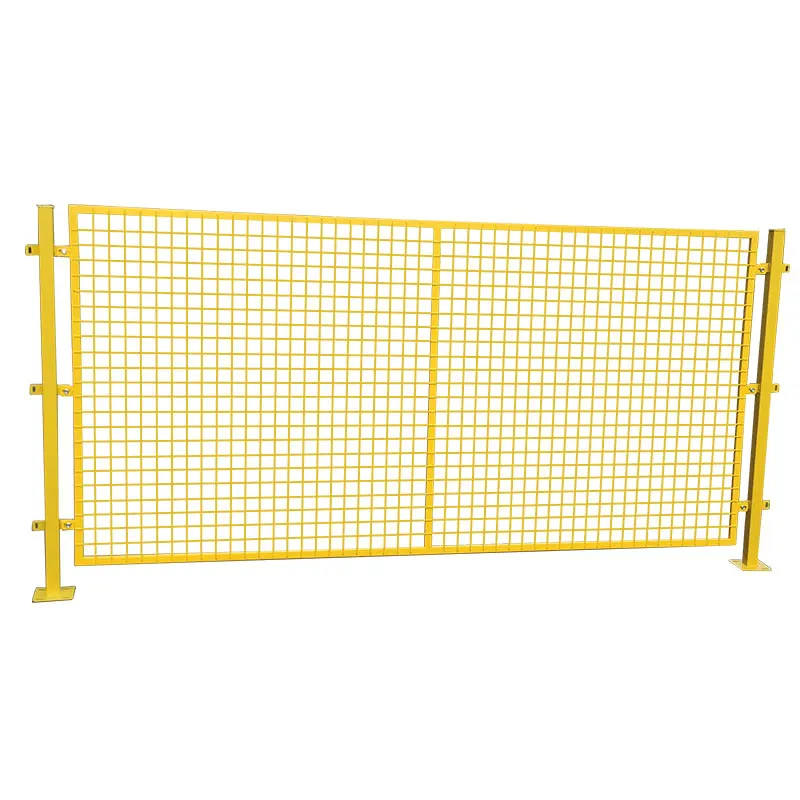Traffic Noise Barriers A Solution to Urban Sound Pollution
As urban areas continue to expand and the number of vehicles on the road increases, traffic noise has emerged as a significant environmental concern. Studies have shown that prolonged exposure to high levels of noise can lead to a myriad of health problems, including stress, sleep disturbances, and even cardiovascular issues. In this context, traffic noise barriers have become a critical component in mitigating the adverse effects of sound pollution in densely populated areas.
Traffic noise barriers are structures erected alongside roadways to block or absorb noise generated by vehicles. Typically made from materials such as concrete, wood, metal, or specialized sound-absorbing materials, these barriers are strategically designed to reduce the impact of noise on adjacent residential and commercial areas. The efficacy of these barriers depends on various factors, including their height, length, and the materials used, as well as the landscape surrounding them.
One of the primary reasons for installing noise barriers is to improve the quality of life for residents living near busy highways and roads. Communities located in close proximity to high-traffic areas often suffer from constant noise pollution, which can hinder daily activities and decrease overall well-being. By implementing effective noise barriers, urban planners can create a sound buffer that significantly lowers noise levels and enhances the living environment for residents.
traffic noise barrier

Moreover, the design and aesthetic aspects of noise barriers have evolved over time. Modern barriers are not just utilitarian; they are increasingly being integrated into the urban landscape. Designers are now exploring creative solutions that blend functionality with visual appeal. For instance, barriers can be adorned with murals or planted with greenery to enhance the surrounding environment. These innovative designs not only serve to reduce noise but also contribute positively to the community's visual landscape.
In addition to improving the residential experience, traffic noise barriers can also play a role in environmental conservation. By reducing noise levels, these structures can help preserve local wildlife habitats. Many species are sensitive to noise, and excessive sound can lead to behavioral changes and disruptions in their natural activities, such as mating and foraging. Implementing noise barriers in natural settings or near wildlife corridors can support biodiversity by minimizing human-induced noise pollution.
Nevertheless, the installation of traffic noise barriers is not without its challenges. Cost considerations, land acquisition, and community acceptance are significant factors that need to be addressed. Financing such projects often requires collaboration between local governments, transportation agencies, and community stakeholders to ensure that solutions are both effective and economically feasible. Public engagement is also crucial; communities must be informed and involved in the decision-making process to foster support for noise mitigation measures.
In conclusion, traffic noise barriers serve as an essential tool in the fight against urban sound pollution. By reducing noise levels, these structures improve the quality of life for residents, protect wildlife, and enhance the aesthetic appeal of urban environments. As cities continue to grow, investing in effective noise mitigation strategies will become increasingly important. Balancing the needs of urban development with environmental and community health should be a priority, and traffic noise barriers represent a practical step in that direction. The future of urban planning hinges on our ability to create spaces that are not only functional but also sustainable and harmonious with the surrounding environment.
-
The Strength and Versatility of Aluminum Expanded Metal Mesh
NewsJun.10,2025
-
Safety Guards and Machine Enclosures Using Expanded Mesh
NewsJun.10,2025
-
Performance with Round Hole Perforated Mesh in Wall Panels
NewsJun.10,2025
-
How Steel Grating Trench Covers Distribute Weight Efficiently
NewsJun.10,2025
-
How Deck Mesh Railing Enhances Backyard Aesthetics
NewsJun.10,2025
-
Comparing Bar Thickness and Spacing in Steel Grating
NewsJun.10,2025
Subscribe now!
Stay up to date with the latest on Fry Steeland industry news.

